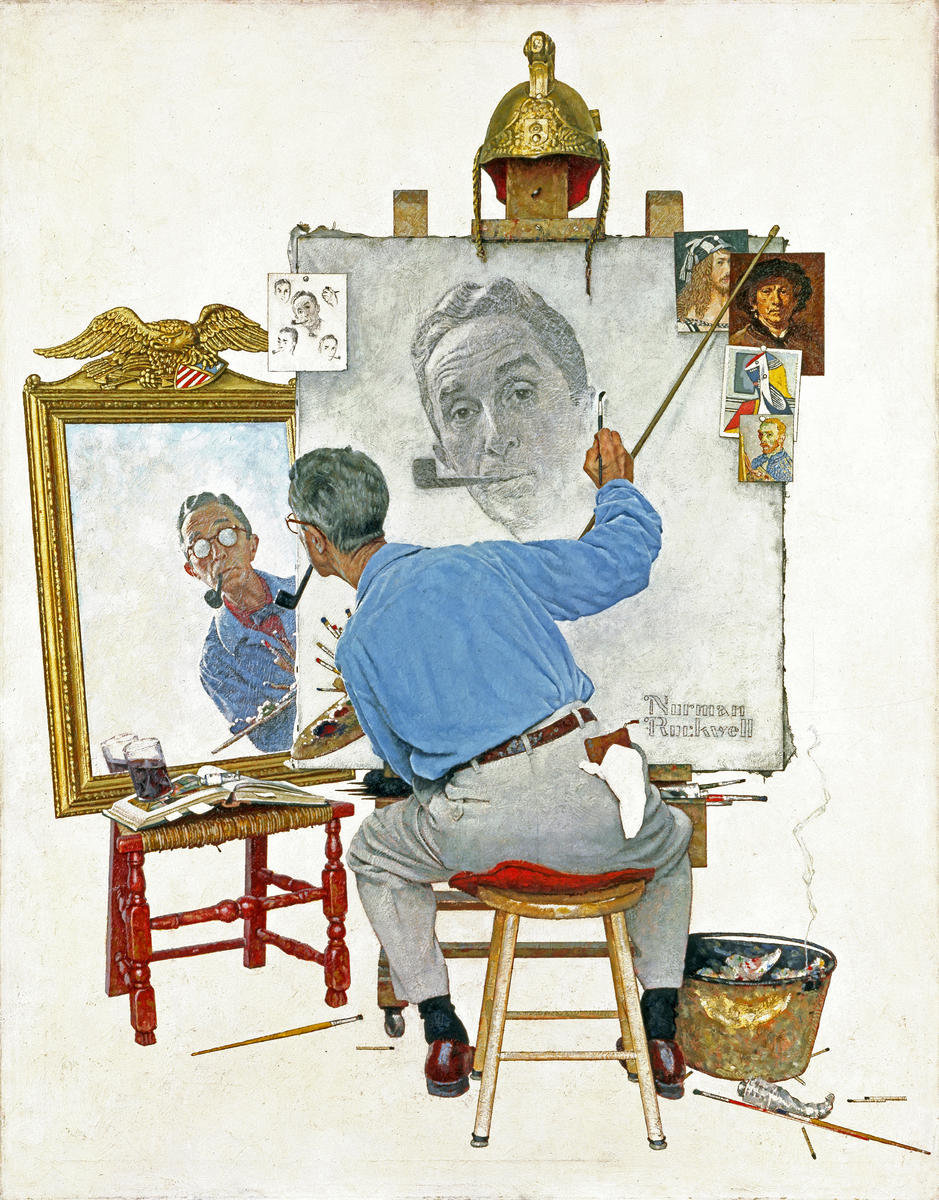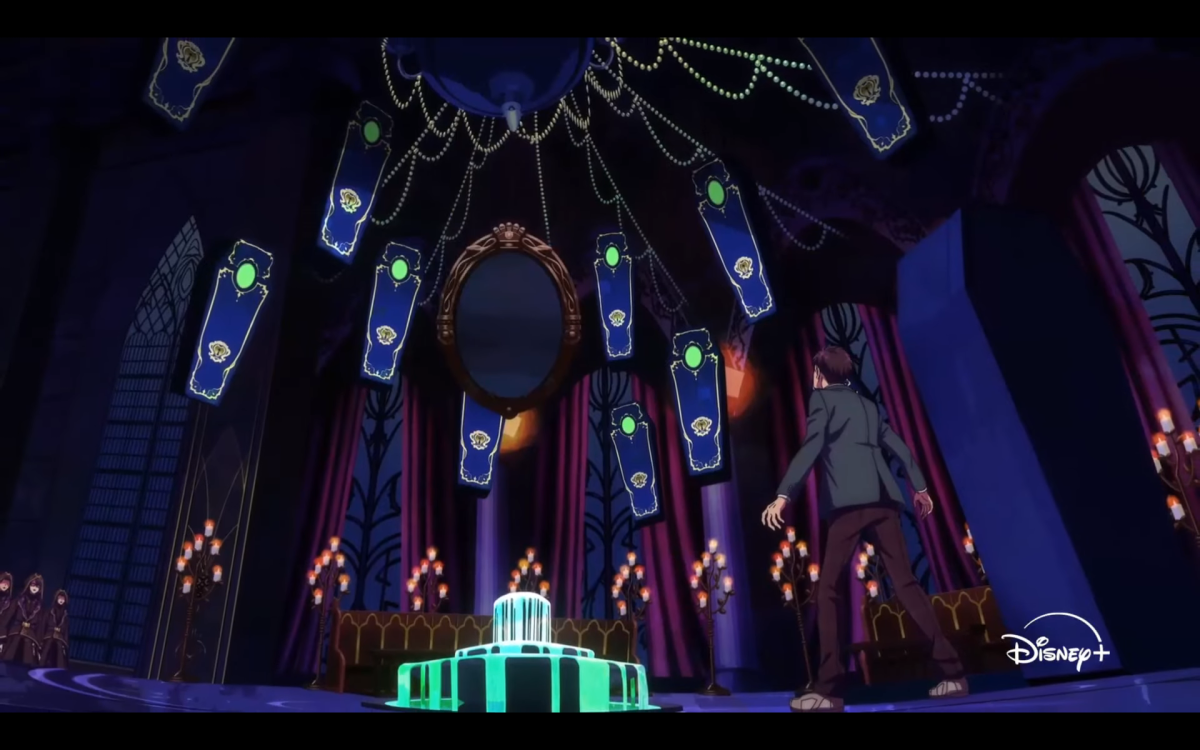Through “Sinners”, Ryan Coogler creates a distinctive masterpiece that unites Southern Gothic horror elements with historical cultural stories. The 1932 Mississippi setting shows Michael B. Jordan playing dual roles as Elijah “Smoke” and Elias “Stack” Moore as they open their juke-joint business while discovering that vampires represent the controlling forces behind Black artistic exploitation. Through his story, Coogler investigates how culture is appropriated from minorities while showing their ability to withstand oppression and persevere.
Authenticity is the principal value of how the film shows various cultural groups. The film presents the life of Chinese Americans under Jim Crow laws, where Bo and Grace Chow manage their grocery stores to serve Black and White customers through separate businesses. Throughout the narrative, the Choctaw characters, along with their historical ties to the Irish, enhance the story by showing how different oppressed groups unite to support each other. These cross-cutting cultural elements play an essential role in presenting the film’s messages about communities that have resisted oppression.
The musical elements in “Sinners” constitute an exceptional achievement. The soundtrack composed by Ludwig Göransson, uses blues, jazz, hip-hop, and traditional melodies to develop a timeless musical composition. A significant moment in the film depicts Sammie performing music that unites living people with deceased loved ones, which embodies the everlasting significance of Black musical traditions. The magical realistic elements in this sequence reinforce the movie’s approach to defending cultural heritage as an anti-establishment act.
The film “Sinners” has received widespread critical approval with a 98% rating on Rotten Tomatoes and exceeded all box office expectations to earn over $160 million globally. Through the visionary approach of Coogler’s writing and Jordan’s dual performance, the film delivers a narrative containing both a chilling mood and inspiring elements. “Sinners” celebrates cultural identity complexity and artistic transformation effects in its role as a lasting tribute to marginalized communities.




































